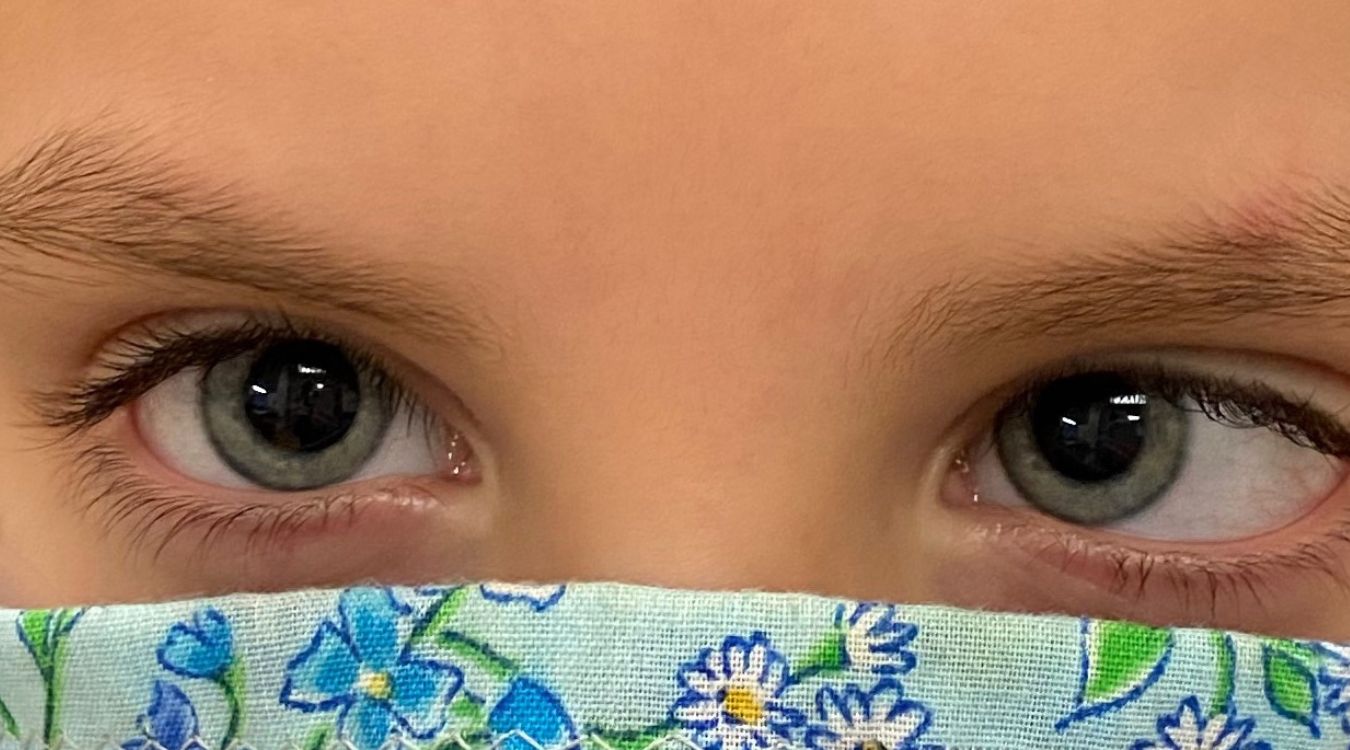
Ocular Convergence Spasm might sound like a mouthful, but it's a condition worth understanding. This eye disorder involves involuntary, repetitive movements where the eyes turn inward. Imagine trying to focus on a single point, but your eyes just won't cooperate. Symptoms can range from double vision to headaches, making daily tasks challenging. While it may seem rare, knowing the facts about this condition can help in recognizing and managing it. From causes to treatments, there's a lot to unpack. Let's dive into 25 intriguing facts about Ocular Convergence Spasm that will shed light on this fascinating topic.
Key Takeaways:
- Ocular Convergence Spasm, also known as convergence insufficiency, can cause double vision and discomfort. It's common in children and young adults who do a lot of close-up work.
- Managing Ocular Convergence Spasm involves regular eye check-ups, proper lighting, ergonomic workspaces, stress management, and educating others for support.
What is Ocular Convergence Spasm?
Ocular Convergence Spasm is a condition where the eyes involuntarily move towards each other. This can cause discomfort and vision problems. Let's dive into some interesting facts about this condition.
-
Ocular Convergence Spasm is also known as convergence insufficiency. This means the eyes struggle to work together when focusing on nearby objects.
-
This condition can lead to double vision. When the eyes don't align properly, it can cause two images to appear instead of one.
-
It often affects people who do a lot of close-up work. Activities like reading or using a computer for long periods can trigger symptoms.
-
Symptoms can include headaches and eye strain. The extra effort required to focus can cause discomfort.
-
Ocular Convergence Spasm is more common in children and young adults. Their eyes are still developing, making them more susceptible.
Causes of Ocular Convergence Spasm
Understanding what causes this condition can help in managing it better. Here are some key causes.
-
Fatigue is a major factor. Tired eyes are less able to maintain proper alignment.
-
Stress can also contribute. High stress levels can affect muscle control, including the muscles that move the eyes.
-
Poor lighting can make symptoms worse. Straining to see in dim light can exacerbate the problem.
-
Certain medications can cause or worsen symptoms. Some drugs affect muscle control and coordination.
-
Neurological conditions can be a root cause. Issues like multiple sclerosis can interfere with eye muscle function.
Diagnosing Ocular Convergence Spasm
Proper diagnosis is crucial for effective treatment. Here’s how doctors identify this condition.
-
Eye exams are the first step. An optometrist will check how well the eyes work together.
-
Special tests measure the eyes' ability to focus. These tests can pinpoint issues with convergence.
-
Medical history is important. Knowing about past eye problems or related conditions can help in diagnosis.
-
Neurological exams may be needed. These tests check for underlying issues that could affect eye muscles.
-
Imaging tests like MRI can rule out other causes. These scans provide a detailed look at the brain and eye muscles.
Treatment Options for Ocular Convergence Spasm
Various treatments can help manage this condition. Here are some common options.
-
Vision therapy is often recommended. This involves exercises to strengthen the eye muscles.
-
Glasses with prisms can help. These special lenses adjust the way light enters the eyes, aiding alignment.
-
Medications may be prescribed. Drugs that relax muscles can reduce symptoms.
-
Surgery is a last resort. In severe cases, correcting the eye muscles surgically may be necessary.
-
Lifestyle changes can make a big difference. Reducing screen time and taking regular breaks can help.
Living with Ocular Convergence Spasm
Managing daily life with this condition can be challenging. Here are some tips to make it easier.
-
Regular eye check-ups are essential. Keeping tabs on eye health can prevent symptoms from worsening.
-
Using proper lighting can reduce strain. Bright, even lighting helps the eyes focus better.
-
Ergonomic workspaces can help. Adjusting the height of screens and using supportive chairs can reduce eye strain.
-
Stress management techniques are beneficial. Practices like yoga and meditation can improve overall muscle control.
-
Educating others about the condition can provide support. Understanding from family and friends can make living with this condition easier.
Final Thoughts on Ocular Convergence Spasm
Understanding ocular convergence spasm can make a big difference in managing symptoms and improving quality of life. This condition, where the eyes involuntarily move inward, can cause discomfort and vision issues. Knowing the causes, such as stress or neurological problems, helps in seeking the right treatment. Treatments range from eye exercises to medications, depending on severity. Regular check-ups with an eye specialist ensure proper management. Awareness and early intervention can prevent complications. Remember, if you experience symptoms like double vision or eye strain, consult a healthcare professional. Taking proactive steps can lead to better eye health and overall well-being. Stay informed, take care of your eyes, and don’t hesitate to seek help when needed.
Frequently Asked Questions
Was this page helpful?
Our commitment to delivering trustworthy and engaging content is at the heart of what we do. Each fact on our site is contributed by real users like you, bringing a wealth of diverse insights and information. To ensure the highest standards of accuracy and reliability, our dedicated editors meticulously review each submission. This process guarantees that the facts we share are not only fascinating but also credible. Trust in our commitment to quality and authenticity as you explore and learn with us.
